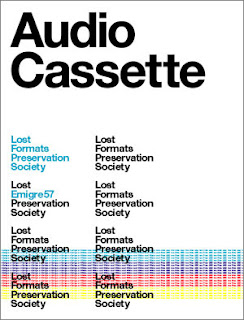
Wim Crouwel or Mr. Gridnik to his friends, a name derived from the designers love of grids and the influential part they play throughout his work, is a Dutch graphics designer and typographer who is probably best known for his controversial typeface New Alphabet, although he has also created other outstanding pieces of work throughout his career.
Such as, vorm gevers originally designed by hand in 1968 this typeface shows just how much Crouwel enjoyed using grids to layout all aspects of his designs, including in this case the exact design of his font.

It’s this use of grids which is visible through his type designs, with new alphabet it was more through the function of this piece, as originally it had been designed to work best on a Cathode Ray Tube which were being used on early monitors, and at the time was only able to produce on horizontal and vertical lines. The typeface lacked visually as many of the characters were not legible if the reader didn’t have previous knowledge of the font.

However it was in 1988 when Peter Saville used this font to suggest a different meaning and it is the connection to modernity which makes this timeless font work throughout different styles even though the character still lack legibility they work well to convey as message.
Crouwel has also had many of his classic typefaces adapted and turned into to modern digital fonts, one of my favourite of these is his Gridnik font with which the designer shares his nickname. The font works with what early computers could show as it is an adaption of Olivetti Politene an older typewriter font, you can see how he has changed the angles to make the font work for the screen however this has produced certain lines which appear almost glitches on the screen however keeping it legibility throughout.

Crouwel has had an influence on many designers over the last fifty years taking in many students on apprentices and follow up work, however in 1979 he took in one young student Rudy Vanderlans.






















